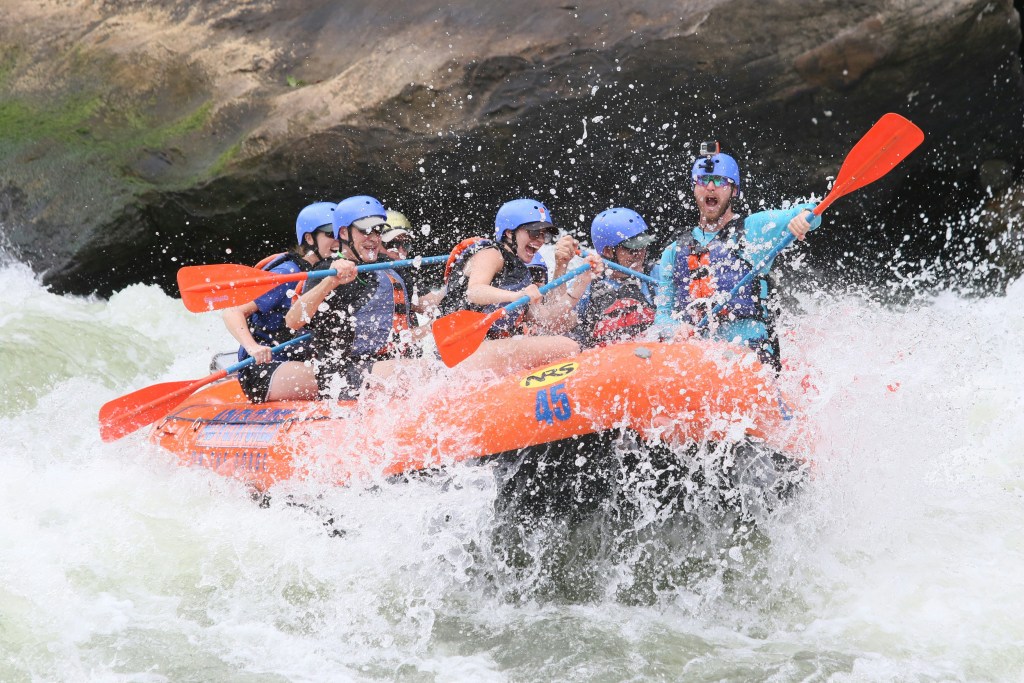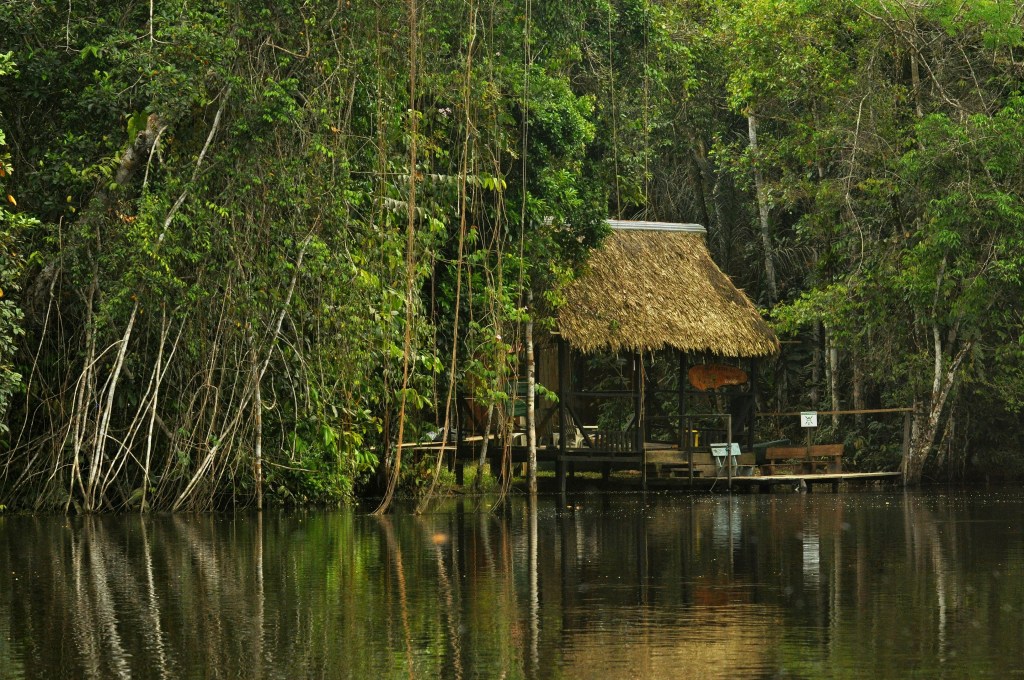There’s no shortage of ways that humans use culture to establish connections.
The Olympics, for example, bring the world together through the shared pastime of athletics. Even popular fashion weeks and international film festivals could be studied through a lens of intercultural exchange.
But let’s focus on a tastier option. One that explores culture through something known as gastro-diplomacy, aka culinary diplomacy.
Have you heard someone say that the fastest way to a man’s heart is through his stomach? It’s like that, except gastro-diplomacy also touches on political topics like foreign relations and recreational topics like travel.
Italy is a great example, as some foodies wait years to save up and plan out the ultimate pan-Italy food tour. But what if I told you that some country’s have taken a purposeful and measured approach to building food-based tourism?
It all started in 2002 with Thailand’s inventive new push to put Thai dishes (and parts of Thai culture) on the map globally.
State-sponsored staples
Before I dive into Thailand’s ‘Global Thai’ program, I think it’s worth covering why food is used to endear and introduce people to a culture.
In short, it’s great press. Everyone eats, and finding a good meal locally is a much more accessible form of ‘travel’ than jet-setting on a plane.
In other words, what begins with a meal could transform into a deeper interest of a nation, culture, and people.
And gastro-diplomacy isn’t the only way that a country might decide to sharpen its presence abroad. Let’s go back to that first example of the Olympics. Sports, like food, are a part of life regardless of creed, religion, or nationality.
Saudi Arabia, for example, is currently unrolling a billions-dollar program designed to boost tourism. One of the key ways it’s increasing travel interest is by bolstering its sporting and athletic offers.
Over the last few years, Saudi Arabia has focused on multiple heavy-hitting sports pursuits. It managed to woo soccer legend Cristiano Ronaldo to its Saudi Pro League, launched the successful LIV golf league that’s taken a bite out of the PGA’s business, and hosted major boxing matches like the fight between Oleksandr Usyk and Tyson Fury.
Will the efforts pay off? It’s too soon to tell. But the bottom line is this: Non-traditional PR efforts can go a long way in boosting travel interest in a country.
Now let’s shift back to food.
Thailand’s success story
Back in 2002, Thailand’s Department of Export Promotion had a novel idea—why not use food to curry interest in the country? (Heavy emphasis on the curry.)
Not only would delicious eats put Thai food on the map, but it might even boost tourism.
The challenge lay in the fact that Thailand isn’t culinarily homogenous. What people eat in Chiang Mai isn’t uniform to staples in Koh Phangan, for example.
First, the Thai Ministry of Commerce crafted a menu of dishes that all Thai cooks and restaurants could focus on. The goal was to find delicious eats that would be amenable to diverse palettes around the world, from Brazil to the US to South Africa.
Second, it rolled out an educational program designed to teach how to cook these hand-selected dishes, along with three restaurant templates to follow. The restaurants were structured by price, starting with a more general fast food option and ending with a fine dining ‘gold leaf’ selection.
But that’s not all. To sweeten the deal for prospective Thai cooks and restauranteurs, the country’s Export-Import Bank also offered loans designed to help nationals launch their restaurants.
Other loans could be used to create Thai food infrastructure abroad, which would make it easy to import and sell Thai ingredients like galangal roots.
By 2010, there were 10,000 Thai restaurants around the world. Today, that number is estimated to have risen to around 30,000. But you might not see regional favorites like Khao Soi available thanks to the presence of pre-set restaurant menus.
Can you name other gastro-diplomacy favorites?
Thailand led the charge when it came to gastro-diplomacy—but they’re hardly the last to undertake large-scale projects.
Here are some of my favorite treats, meals, and food habits that have come from gastro-diplomacy efforts post-2002.
- Taiwan’s bubble tea craze.
- Switzerland’s love of raclette.
- South Korea’s bibimbap—which was spread by a campaign known as the Bibimbap Backpackers.
- Scandinavia’s smoked fish.
- Japan’s sake.






